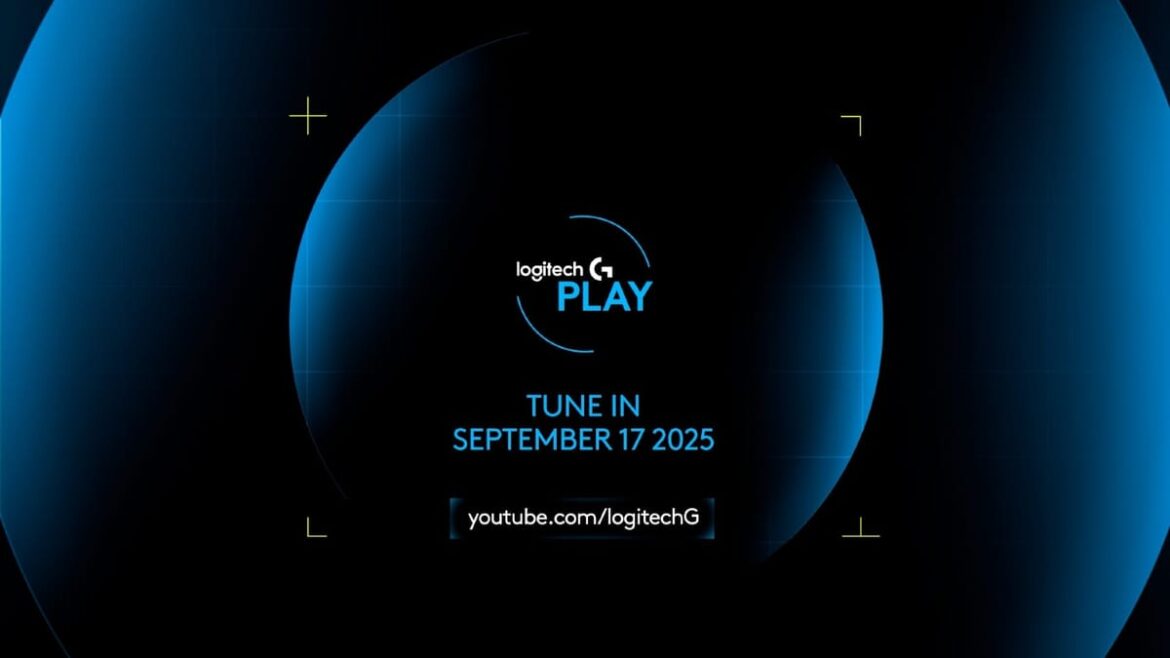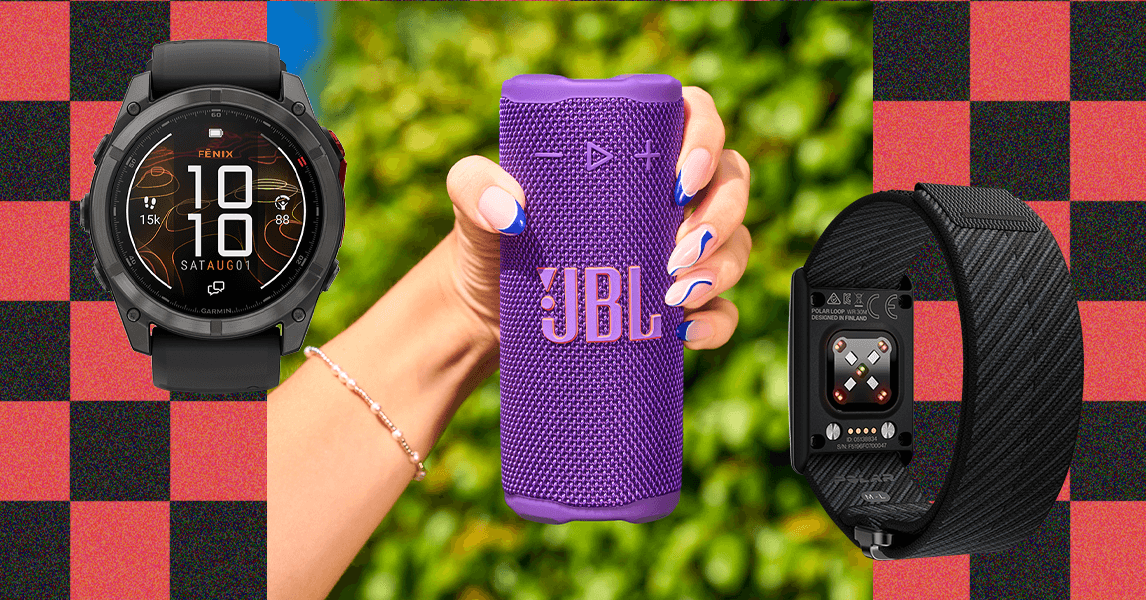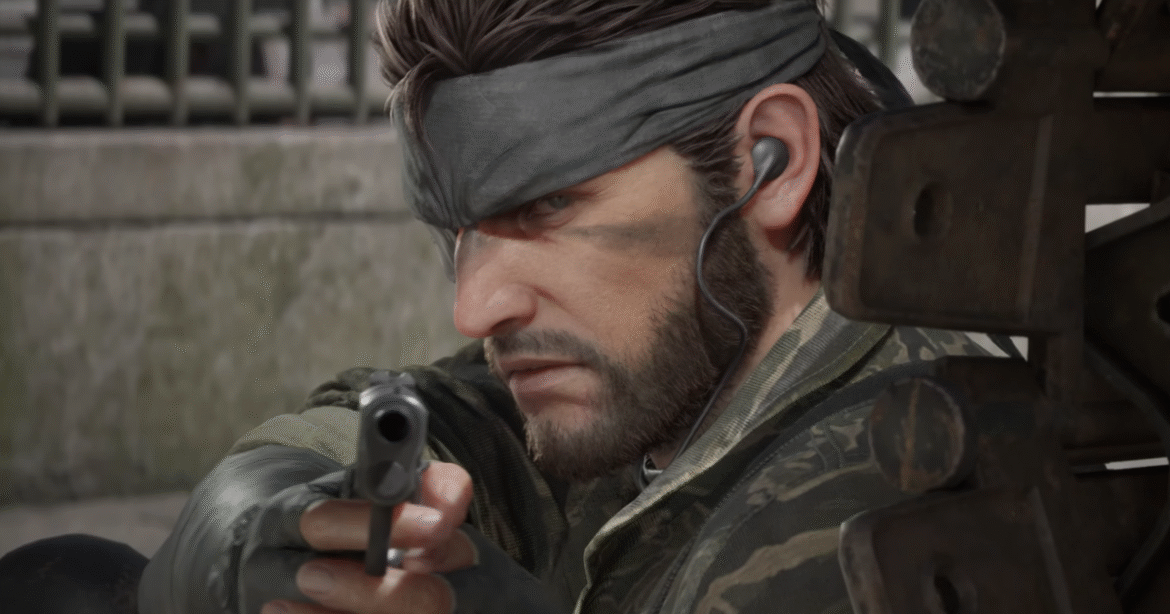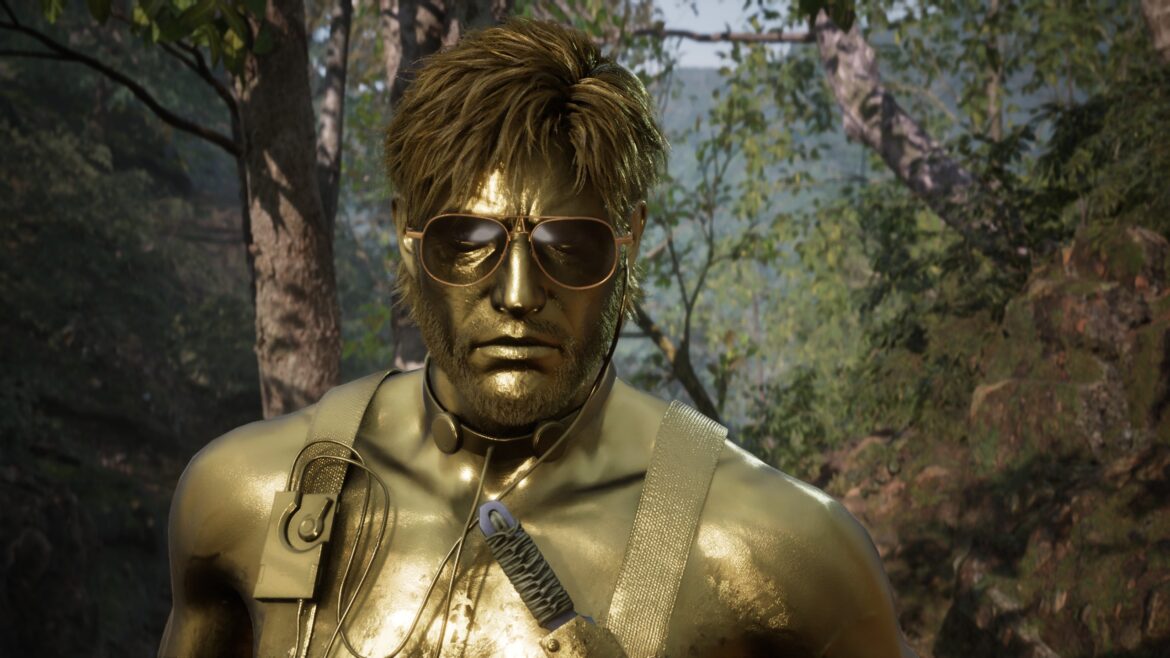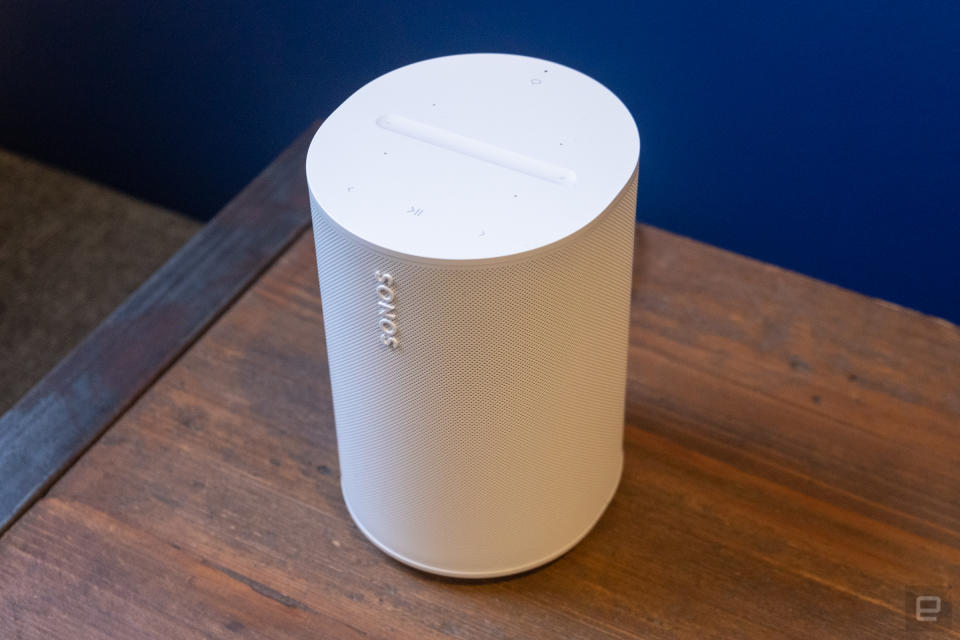The now-cancelled Perfect Dark reboot had an “eco sci-fi” aesthetic, an Adrenaline System, and may have been released episodically.
That’s according to internal documentation from a former developer on the project at The Initiative shared with mp1st, revealing new artwork and gameplay details.
The document highlighted an opportunity to capitalise on the secret agent genre, due to the absence of Metal Gear Solid and James Bond 007 during development. Ironically enough, both franchises have since returned.
Perfect Dark – Gameplay Reveal – Xbox Games Showcase 2024Watch on YouTube
This may somewhat point to why Perfect Dark was ultimately cancelled – perhaps this reboot of the N64 classic from Rare wasn’t able to differentiate itself enough.
Still, this newly unearthed documentation – which dates back to a period close to the game’s cancellation this year – hints as to what players could have expected. The creative vision for the reboot aimed to reimagine the franchise while retaining the core DNA of the N64 original, with the HBO series Westworld providing inspiration for giving a classic property fresh themes and concepts.
While several systems are briefly mentioned, only the Adrenaline System is detailed. This would’ve been a resource regenerated over time to provide various abilities like healing and increasing damage dealt, as well as slowing time to aim with precision. Killing multiple enemies in quick succession would have extended this effect.
Until April of this year, the studio was working on a vertical slice (a playable proof-of-concept) that belonged to “Season 1”, suggesting the game would have been released episodically.
Perfect Dark was properly revealed at last year’s Xbox Games Showcase, with in-game footage of protagonist Joanna Dark exploring a futuristic Cairo (above). Later, reports suggested this gameplay was fake, though a designer on the game responded it was in-engine despite “some fake stuff in it”.
The new documentation includes further artwork for the game, including an alternate design for Joanna, as well as various futuristic environments to show off its “eco sci-fi” aesthetic.
Perfect Dark was cancelled back in July, following layoffs across Microsoft. Rare’s Everwild was also cancelled.




